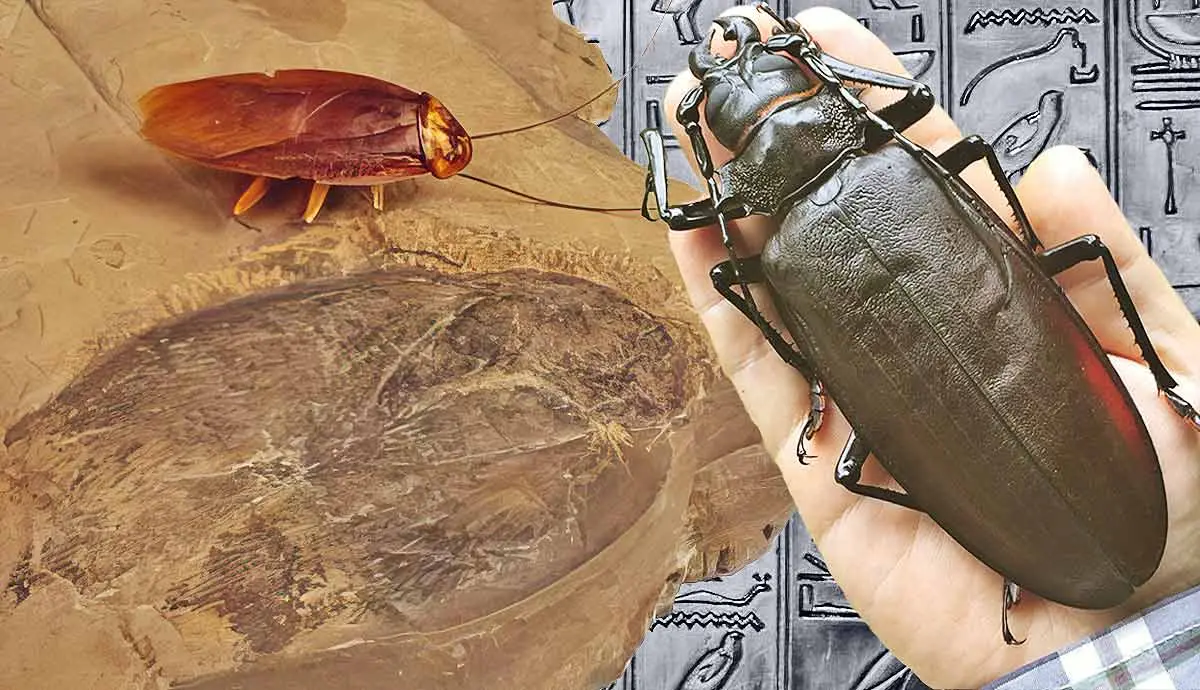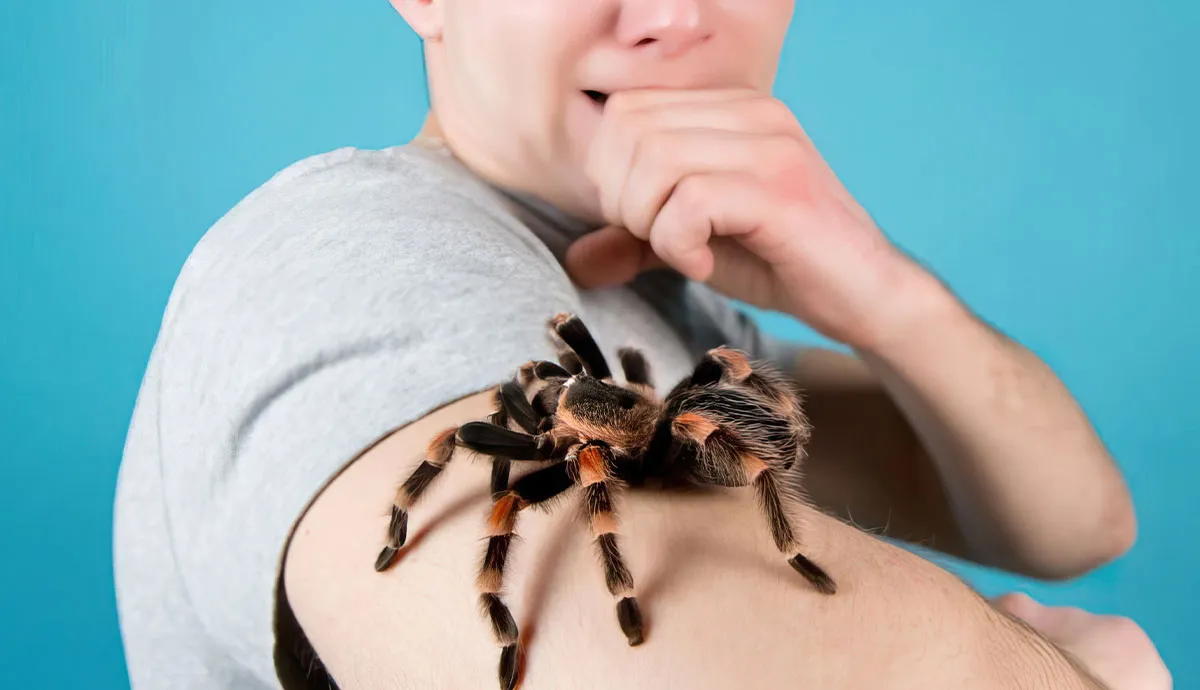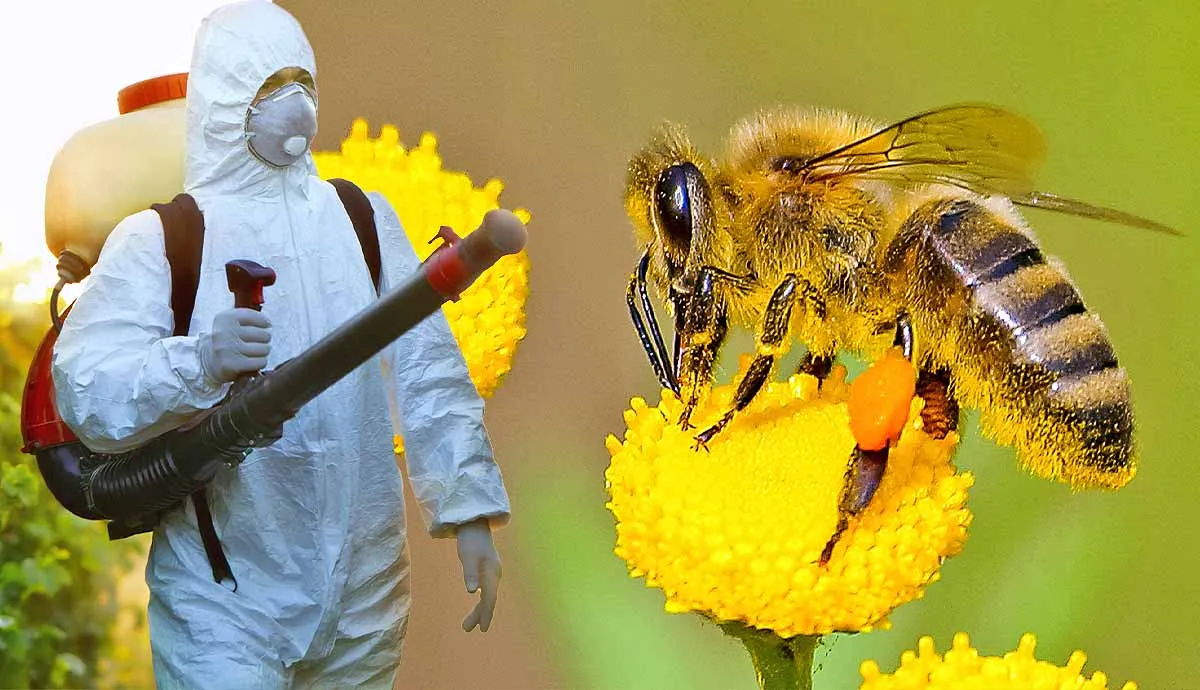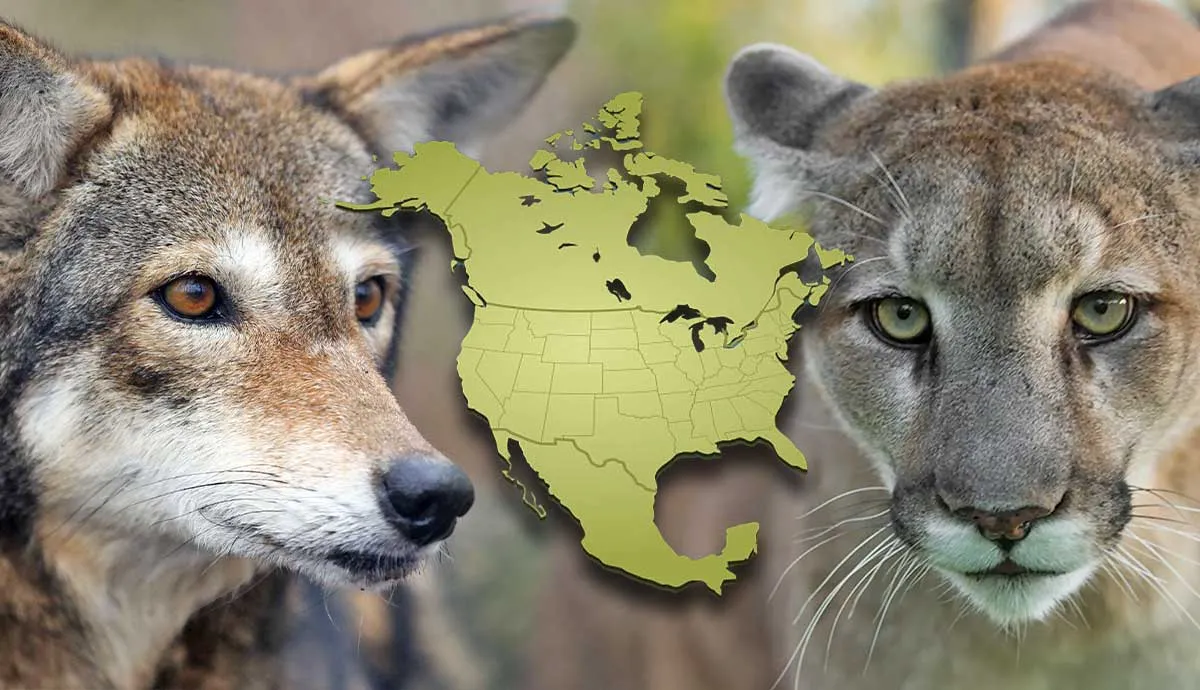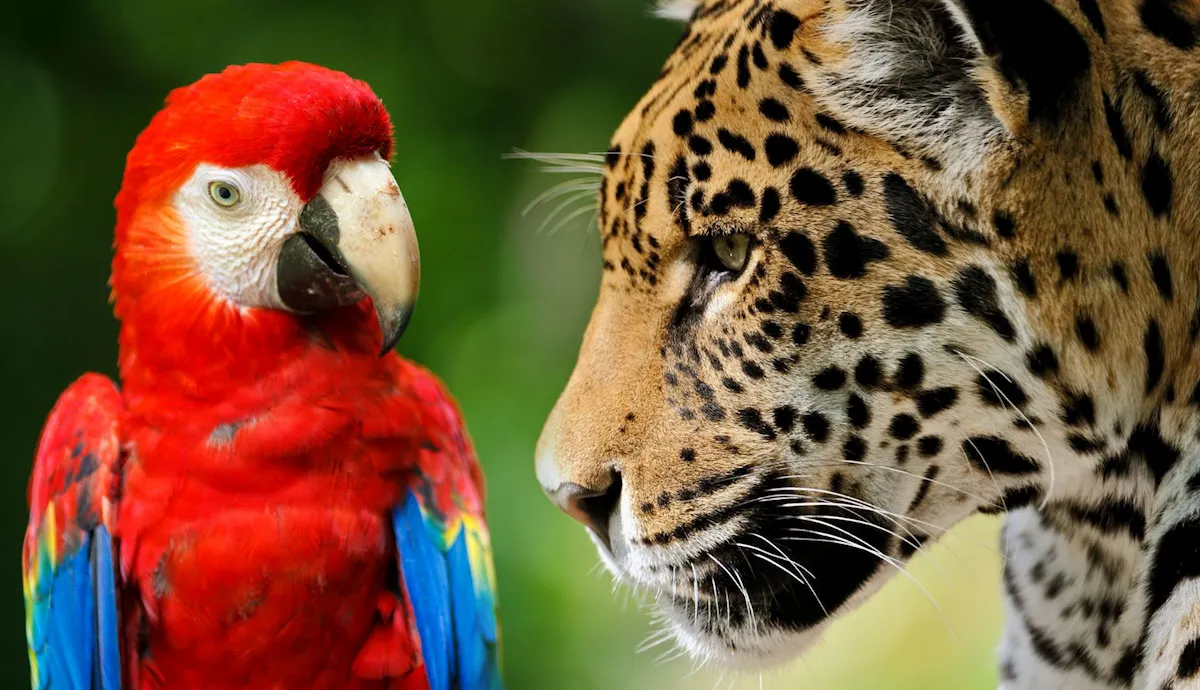Many horror movies play on people’s worst fears—giant bugs. But, did you know that during the Age of Dinosaurs, there were some freakishly large bugs roaming the Earth?
Unlike the movies, these creepy crawlies weren’t as large as school buses, but some could reach several feet in length. Check out these giant prehistoric bugs: the Griffinfly, Cockroach, Giant Millipede, and Scorpion.
What were Ancient Bugs Like?

During the Paleozoic era, around 245-570 million years ago, insects could get as large as house cats. Many of the species that we see today existed then. So, why were they so large?
There are two major theories. The first has to do with how insects breathe through their bodies. Oxygen is taken through small, pore-like holes in their tissues. Then, it is transported to all of the vital organs in the insect’s body. Carbon dioxide is expelled throughout these same holes.
Even now, scientists are learning that high oxygen levels equal larger bugs. Prehistoric bugs lived in an atmosphere with a 35% oxygen level (compared to the 21% level today). This led to their larger size.
The second theory is that Palezoic insects were larger to begin with, which made them less preferable prey. This gave them an upper hand on survival, and as time went on, they adapted to different body sizes.
Either way, these creepy crawlies were much like today’s critters except BIGGER.
Griffinfly
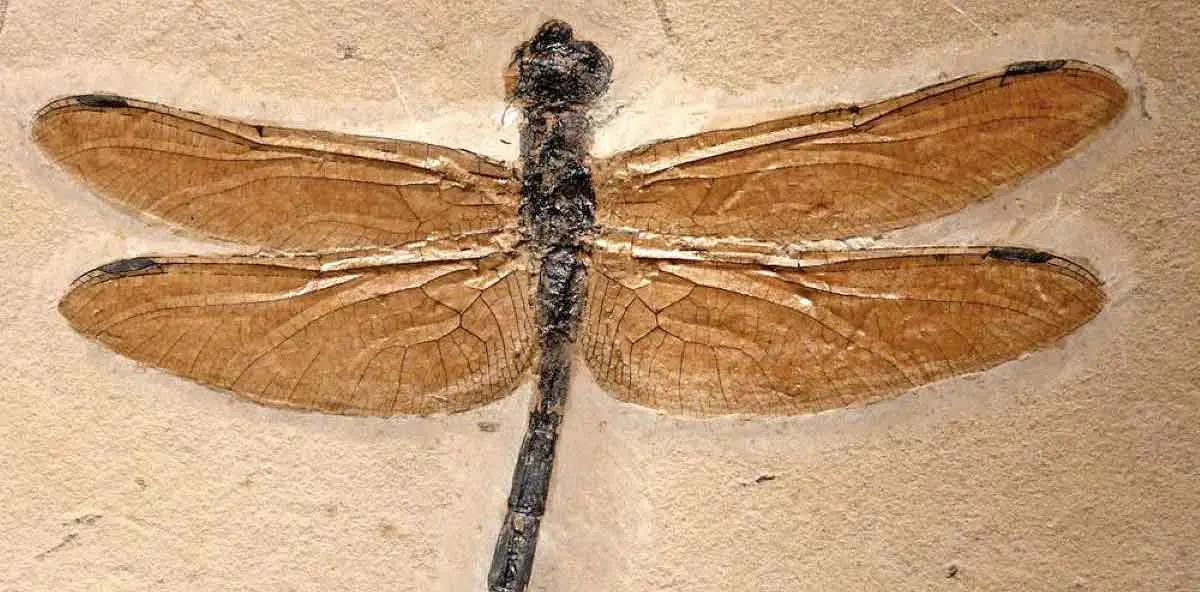
With a wingspan of over 2 feet, the Meganisoptera, commonly known as the griffinfly, was thriving 300 million years ago. Much like today, the Meganisoptera was predatory with a pair of toothed mandibles for eating large prey. They were able to maneuver with ease in the air, beating their wings like large hawks.
There have been several fossils of these massive insects found, including those of nymphs. These baby griffinflies, like their modern counterparts, were aquatic. They likely ate reptiles and amphibians.
They became extinct during the Permian era when a mass extinction wiped out 90% of life on Earth.
Cockroach

This cockroach is often depicted as outliving humans in post-apocalyptic stories. Today, there are over 4,600 species of this insect. And, fossils suggest that even 320 million years ago, they looked and acted much as they do today.
According to research, cockroaches existed when all the continents were still connected. The ancient versions were about 3.5-3.9 inches long. They were mostly terrestrial, so when the continents began to break apart, they were split up. This led to the great variety of species alive today.
Giant Millipede
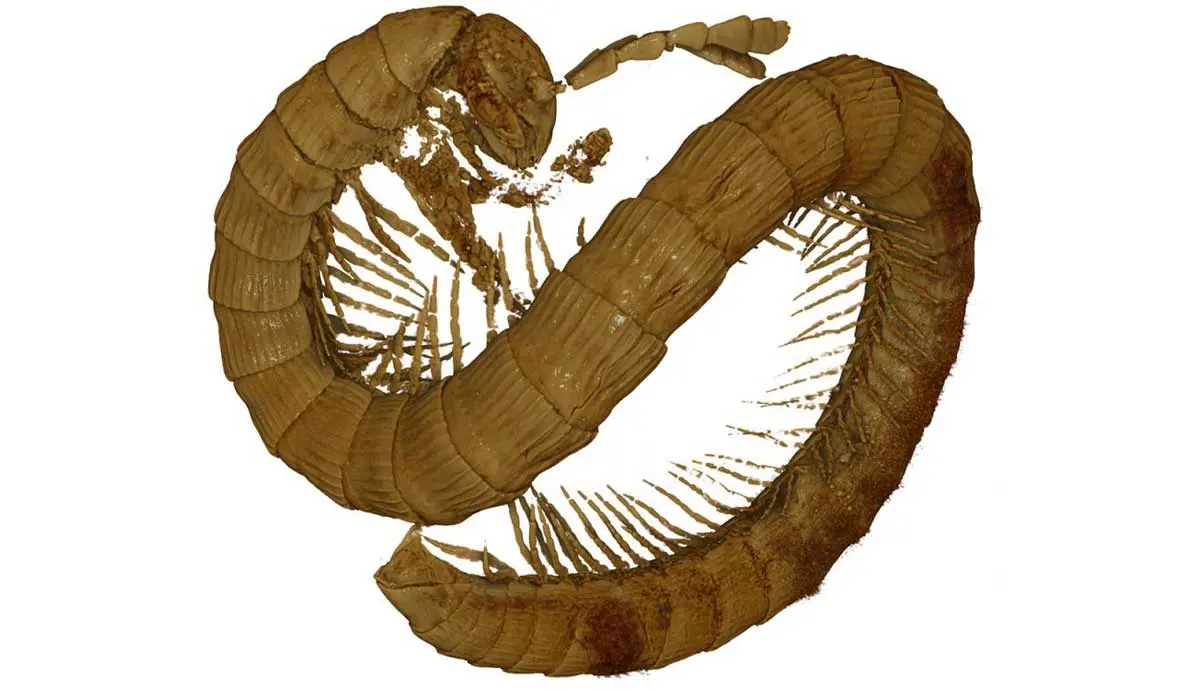
This arthropod is one for the record books. The ancient millipede or Arthropleura was likely as long as a car. The fossil of this prehistoric bug was found in England in 2018. They only found a 3-foot fossilized section of the creature. So, it is estimated that it was, in reality, three times that size or about 9 feet long.
They lived around 345- 290 million years ago and are the largest known invertebrate of all time.
Giant Sea Scorpion

This extinct arthropod was a large aquatic invertebrate that lived around 444 - 416 million years ago. These creatures grew to about 8 feet in length. Their fossils were found in brackish and freshwater deposits, so it is estimated that they may have lived in coastal areas and moved into freshwater later, as some freshwater arthropods do today.
They had huge grasping, pincers, and shells that made them fierce predators in the water. The horseshoe crab is a close living relative today.
Could Bugs Get that Big Again?
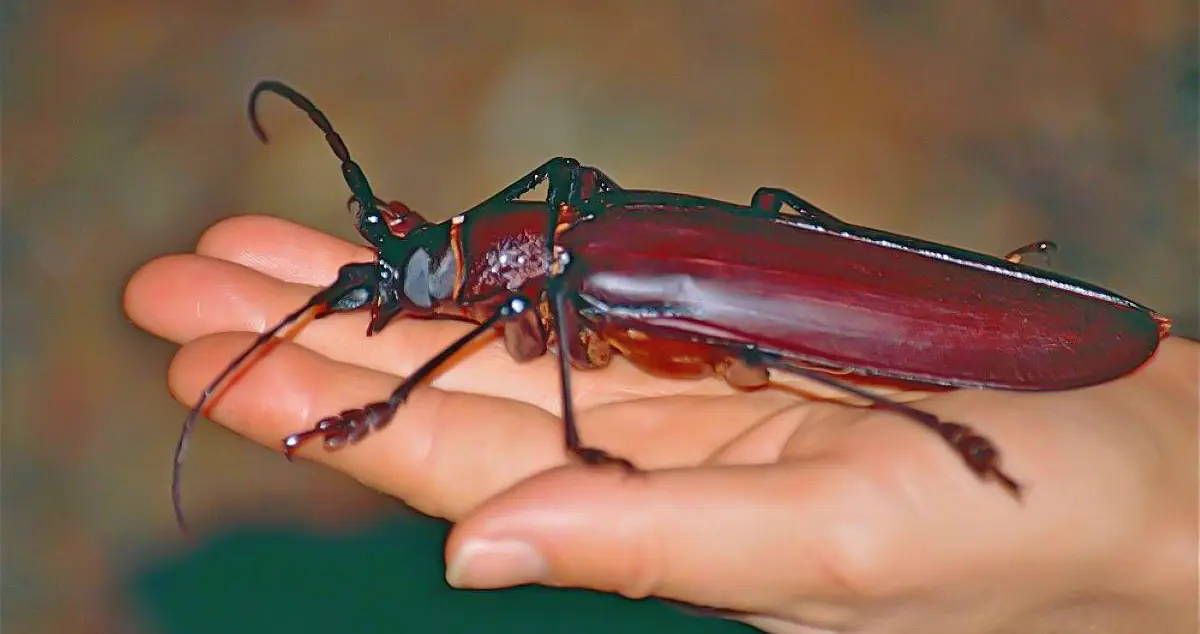
The main theory for why bugs were so large in prehistoric times is due to the higher levels of oxygen. But, not all bugs follow this rule.
There are some really large insects and arthropods alive today. For example, the Titan Beetle measures around 6.5 inches, making it the largest known beetle. There are many other giant bugs alive today.
However, if the theory of oxygen levels is correct, then if Earth’s atmospheric composition were to change, it could be possible that insects would adapt. But, they would need a lot more breathing tubes to grow in size.
Most scientists believe that insects’ exoskeletons are not strong enough to sustain a really large size. Also, they would become increasingly vulnerable as prey for the many larger insectivores living today.
Conclusion
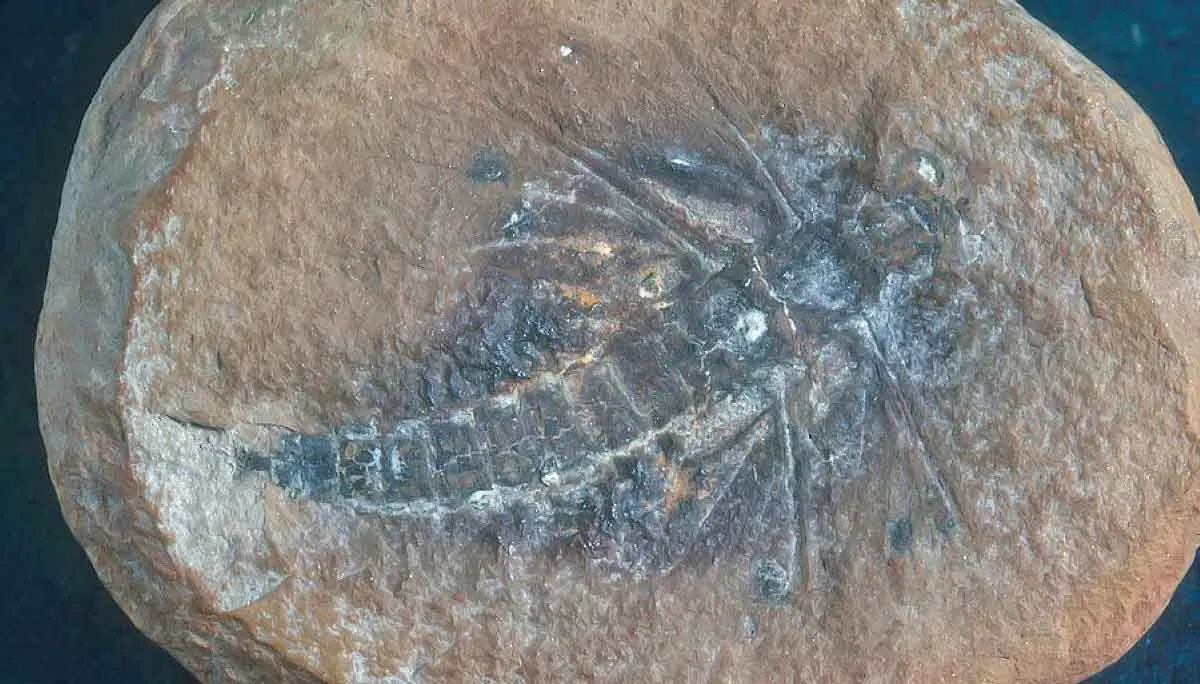
The oxygen-rich environment of Earth’s past brought some amazing creatures into existence. These giant bugs were a product of a unique environment from millions of years ago. These prehistoric bugs would have been terrifying to bump into today, but their remains offer scientists an opportunity to see how insects and arthropods have adapted through the ages. There is still a lot to learn about ancient invertebrates, and it’s exciting to think of what other giant creatures are still left to be discovered.
